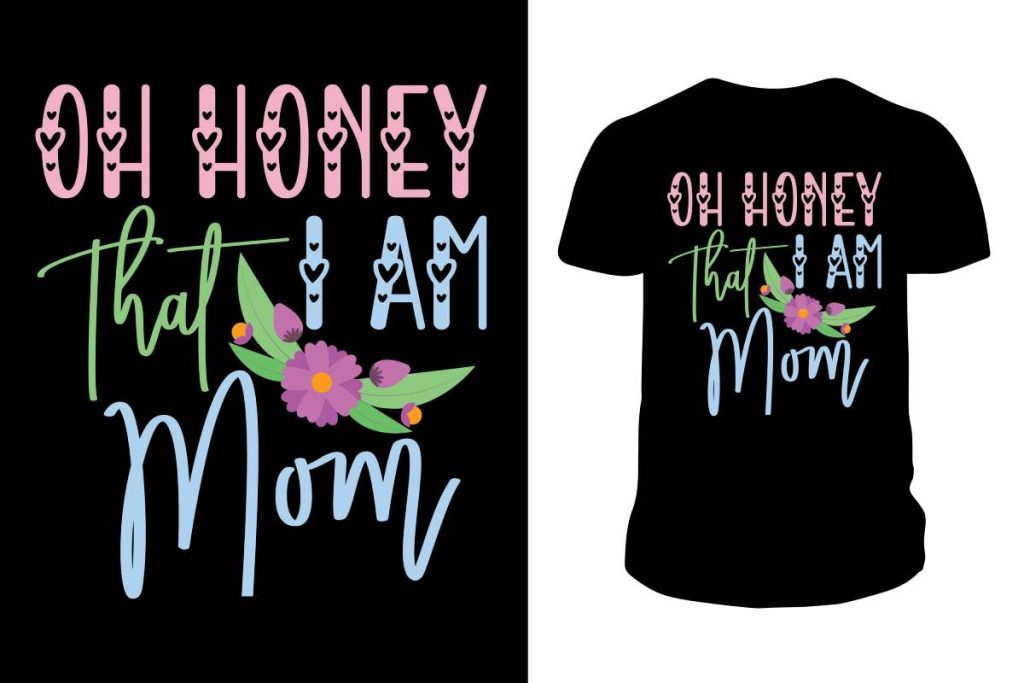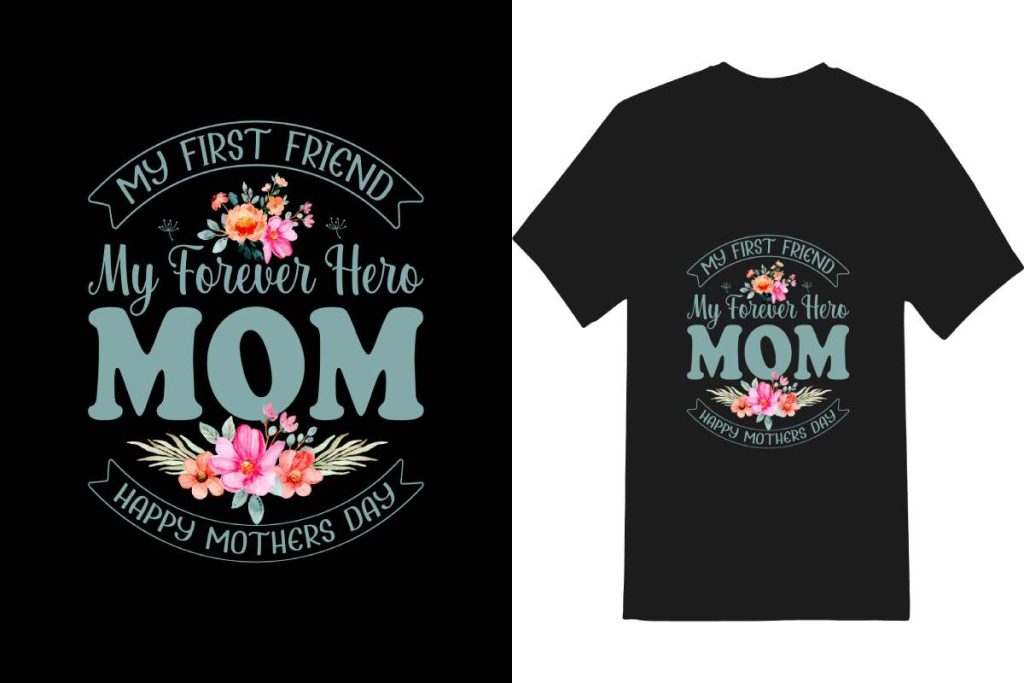DTF Transfers, or Direct-to-Film printing, are revolutionizing the way we apply designs to textiles by utilizing a unique process that combines vibrant ink with a specialized transfer film. This innovative technique produces high-quality images that stand out for their clarity and color depth, making DTF printing an ideal choice for both professional and personal projects. The method offers several advantages over traditional printing techniques, including quicker turnaround times and reduced material waste. In our comprehensive guide, you will discover the nuances of DTF printing, including how to DTF transfer designs and the benefits it provides, especially when compared to methods like screen printing. Dive into the details of the DTF printing process and learn why this process is becoming essential in the modern marketplace.
When discussing the realm of textile printing, alternative terms like film transfer printing and direct-to-film techniques often come into play. These methods share similarities with DTF Transfers, each representing advancements in the way images are transferred to fabric. By utilizing film as a medium, these printing technologies allow for greater detail and color vibrancy than conventional methods. As consumers seek more personalized and unique fabric designs, understanding the intricacies of these film transfer techniques becomes crucial. Exploring the benefits and processes involved in film transfer printing can provide valuable insights for anyone interested in the evolving world of custom textiles.
Understanding the Fundamentals of DTF Transfers
Direct-to-Film (DTF) transfers have revolutionized textile printing by allowing for intricate designs to be applied to various fabrics. To fully grasp the fundamentals of DTF printing, one must consider the unique printing process that it employs. This involves printing a digital design on a special film, applying an adhesive powder, and then using heat to adhere this design onto the fabric. The synergy of high-quality inks and specialized films yields superb details and vibrant colors that traditional printing methods struggle to replicate.
Furthermore, the DTF process provides a flexible solution for printers, making it possible to print on diverse materials such as cotton, polyester, and blends. As the fabric landscape expands with new textile combinations, DTF printing ensures compatibility, accommodating the needs of both artists and businesses alike. This adaptability, along with the quality output, makes understanding DTF fundamentals essential for anyone looking to leverage this exciting printing technology.
Key Steps in the DTF Printing Process
The DTF printing process involves several key steps that contribute to its final output. Initially, designs are printed onto a PET film using water-based inks, which are not only vibrant but also eco-friendly. This initial step is crucial as it lays the foundation for the quality of the print. The next step involves applying a fine adhesive powder to the printed film, which is then cured through heat. This phase ensures that the adhesive properly bonds with the print, setting the stage for a durable transfer.
Finally, the actual heat transfer occurs, wherein the film with the printed and adhered design is pressed onto the desired fabric using a heat press machine. This last step is pivotal — it not only ensures that the design transfers effectively but also guarantees longevity through multiple washes. A thorough understanding of these steps helps businesses streamline their production and ensure quality outcomes in their DTF printing projects.
Advantages of Choosing DTF Printing
One of the most compelling reasons businesses are adopting DTF printing is the myriad of advantages it offers. Versatility ranks high on the list; DTF transfers can be applied to various fabric types, including blends that might not be suitable for other printing methods like screen printing or sublimation. This flexibility allows for a wider application range, from garments to home textiles, making it a perfect solution for creative expression across multiple industries.
Additionally, the quality of prints achieved through DTF is exemplary. High-resolution outputs mean that intricate designs are rendered beautifully, with colors that pop against any fabric backdrop. This is particularly advantageous for businesses focused on creating attention-grabbing custom apparel. Moreover, DTF printing is often more cost-effective for short to medium runs compared to traditional methods, creating an appealing option for small businesses looking to minimize overheads while maximizing quality.
Recent Innovations in DTF Technology
The DTF printing landscape is continually evolving with recent technological innovations aimed at enhancing efficiency and reducing costs. Newer models of printers are being developed that not only print faster but also optimize ink usage, which translates to cost savings for users. These advancements enhance the overall user experience by streamlining the workflow, allowing for quicker turnarounds on projects and more time for creativity.
Alongside advancements in printing equipment, there has been a significant push toward eco-friendly inks and materials within the DTF community. Many manufacturers are focusing on reducing their environmental footprint by creating inks that contain fewer harmful chemicals and by following sustainable practices throughout the production process. This trend not only benefits the environment but also appeals to a growing demographic of environmentally-conscious consumers.
DTF vs. Screen Printing: An In-Depth Comparison
When evaluating printing methods, the comparison between DTF and screen printing is notable. DTF printing offers several distinct advantages, particularly in terms of setup time and flexibility. DTF does not require the creation of screens, making it a more accessible option for those looking to start small with custom projects. This leads to faster production times and reduced costs, especially for smaller businesses or personalized projects.
Additionally, DTF printing stands out through its ability to print on a wider range of fabrics compared to screen printing. While screen printing may require specific fabric types to ensure adherence, DTF’s adhesive properties afford it broader compatibility, enabling the creation of designs across various textiles without limitation. This adaptability can be a game-changer for businesses promoting diversity in their product lines.
Embracing Market Trends in DTF Printing
The DTF printing market is on an upward trend, with growing demand fueled by an increasing awareness of its advantages. As customization becomes a priority for consumers seeking unique apparel, DTF printing positions itself as a key player in the industry. The growing accessibility of DTF printers and consumables empowers small business owners and creative hobbyists to produce quality designs without needing extensive resources.
In addition to facilitating unique custom designs, the democratization of DTF also fosters a creative community where budding entrepreneurs and experienced designers can collaborate. The rise of e-commerce platforms focused on personalized products further stimulates interest in DTF printing, ensuring that this technology remains relevant and sought-after in the modern marketplace.
Frequently Asked Questions
What is DTF Transfers and how does the DTF printing process work?
DTF Transfers, or Direct-to-Film transfers, involve printing designs onto a special film that is later transferred onto fabrics. The DTF printing process consists of printing an image on a PET film, applying adhesive powder, curing it with heat, and using a heat press to transfer the design to the textile, resulting in vibrant and durable prints.
What are the advantages of using DTF printing over traditional screen printing?
DTF printing offers several advantages over screen printing, including faster project turnaround times, less setup required, and the ability to print on a wider variety of fabrics, making it more versatile and cost-effective for small production runs.
How do you perform a DTF transfer? What are the essential steps in the DTF printing process?
To perform a DTF transfer, follow these essential steps: first, print the desired design onto a specialized PET film. Next, apply adhesive powder to the printed film and cure it with a heat source. Finally, use a heat press to transfer the design onto your chosen fabric, ensuring a secure and lasting application.
What materials are needed for DTF printing to achieve high-quality DTF transfers?
To achieve high-quality DTF transfers, you will need a DTF-compatible printer, specialized PET transfer film, water-based inks, and adhesive powder. Additionally, a heat press is essential for the final transfer process, ensuring strong adhesion to the fabric.
Can you explain the differences between DTF printing and other methods like Direct-to-Garment (DTG) printing?
DTF printing differs from DTG printing in that it uses a film and adhesive powder to apply designs to a wider range of fabrics compared to DTG, which is primarily suitable for cotton. DTF offers more versatility in fabric options and is often quicker and more cost-effective for small batches.
Why should businesses consider DTF printing for custom apparel over sublimation printing?
Businesses should consider DTF printing for custom apparel due to its flexibility; unlike sublimation, it does not require specific fabric types and can be applied to a broader range of textiles. This makes DTF an ideal choice for various projects, allowing for more creative possibilities with fabric selection.
| Key Components | Advantages | Recent Developments | Comparative Edge |
|---|---|---|---|
| – Special PET film used with water-based inks for color vibrancy and handling. | – Versatile for various fabrics (cotton, polyester, blends) suitable for many applications. | – Technological advancements enhancing efficiency and quality. | – More flexible than sublimation, with no fabric type restrictions. |
| – Adhesive powder ensures secure transfer after melting with heat. | – High-resolution prints for detailed and vibrant outputs. | – Eco-friendly practices are becoming more common in the industry. | – Faster turnaround and less setup required compared to screen printing. |
| – Heat transfer with a heat press ensures a lasting design. | – Cost-effective for small to medium production runs. |
Summary
DTF Transfers have emerged as a revolutionary method in textile printing, offering unmatched versatility and print quality. This technique utilizes advanced technology and eco-friendly practices, making it a leader in the printing industry. As the market expands and awareness grows, DTF Transfers will continue to provide individuals and businesses with unique, high-quality design solutions tailored to their specific needs. With its cost-effective nature and capability to print on various fabrics, DTF Transfers are not just a trend but an essential innovation for the future of custom textile printing.



